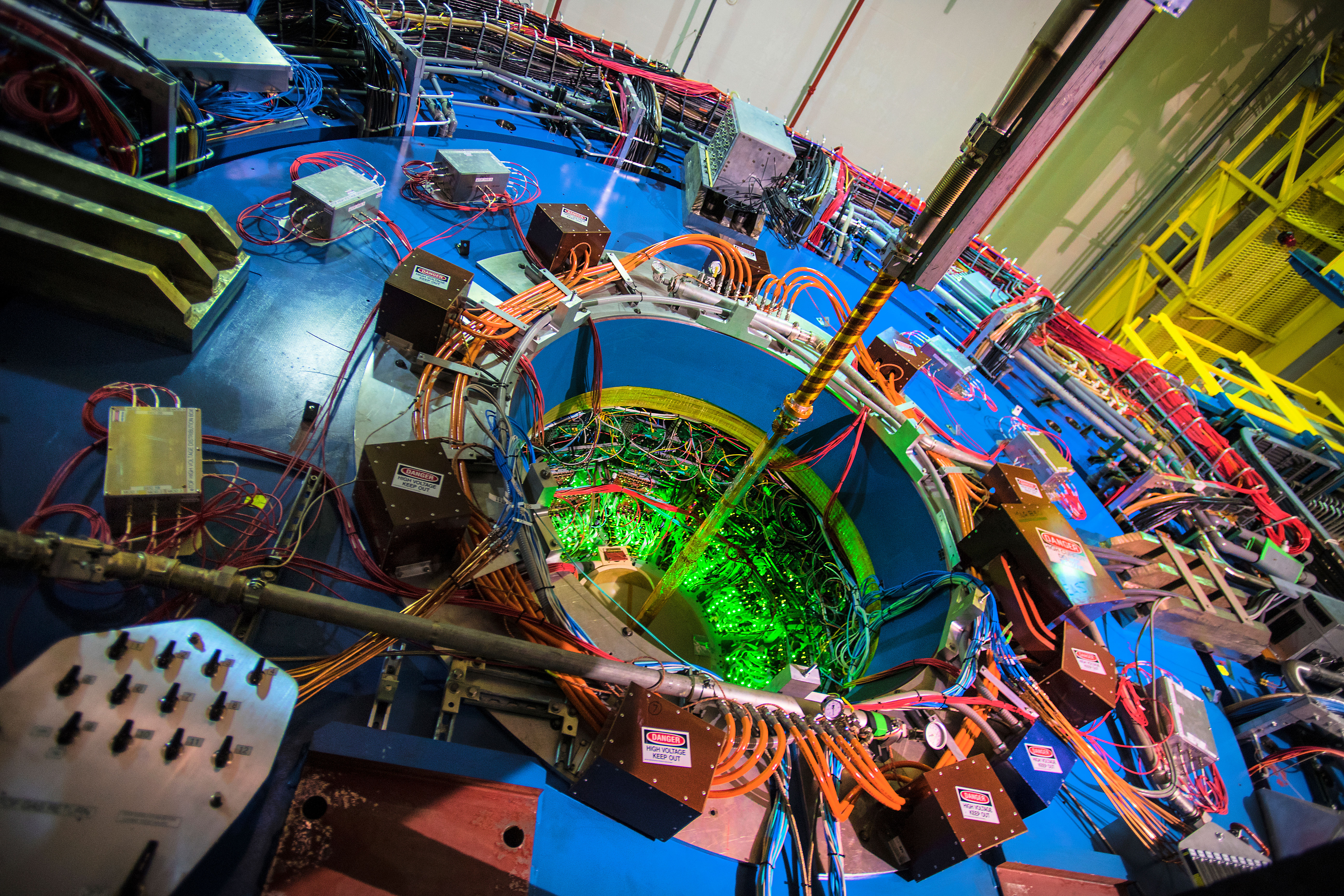
New Type of Entanglement Lets Scientists ‘See’ Inside Nuclei
Quantum interference between dissimilar particles offers new approach for mapping gluons in nuclei, and potentially harnessing entanglement.

Quantum interference between dissimilar particles offers new approach for mapping gluons in nuclei, and potentially harnessing entanglement.
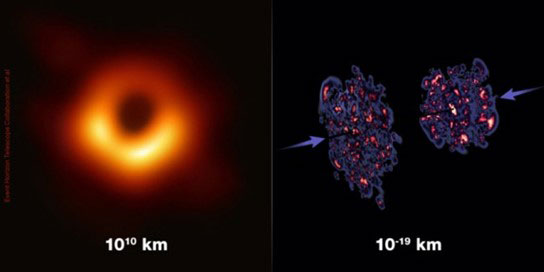
Physicists show that black holes and dense state of gluons—the “glue” particles that hold nuclear matter together—share common features.
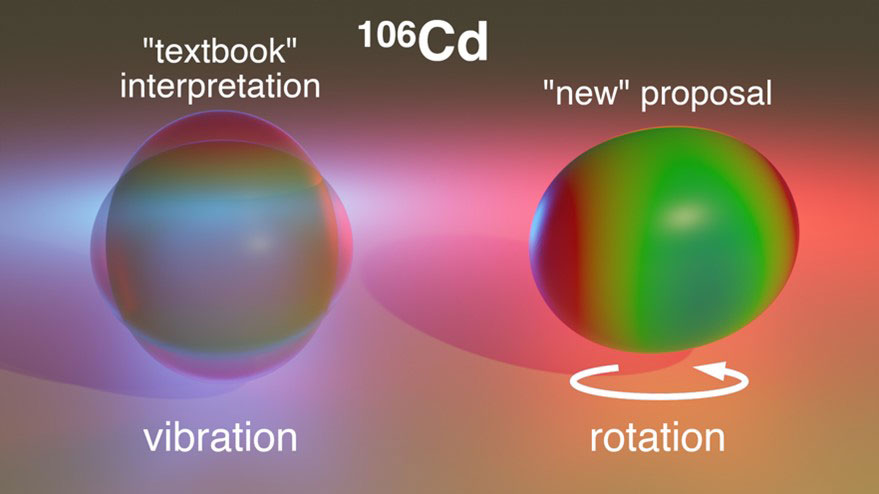
In conflict with a long-held explanation of cadmium isotope motion, a new experiment found that cadmium-106 may rotate instead of vibrate.
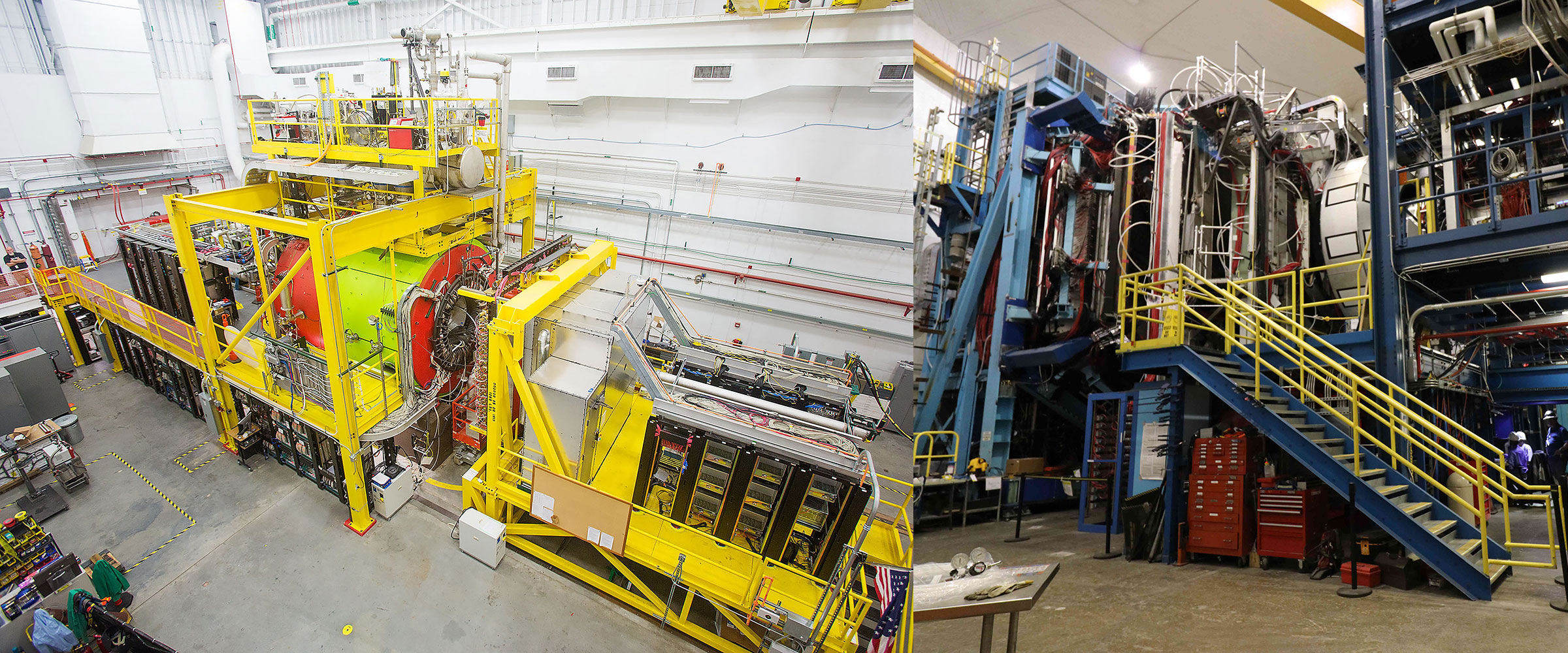
Nuclear physicists test whether next generation artificial intelligence and machine learning tools can process experimental data in real time.
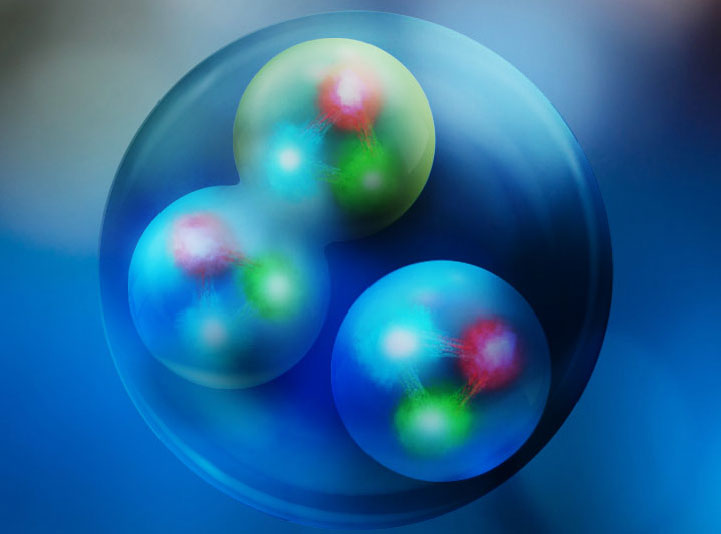
Particles choose partners for short-range correlations differently when farther apart in light nuclei versus when packed closer together in heavy nuclei.

As machine learning tools gain momentum, a review of machine learning projects reveals these tools are already in use throughout nuclear physics.
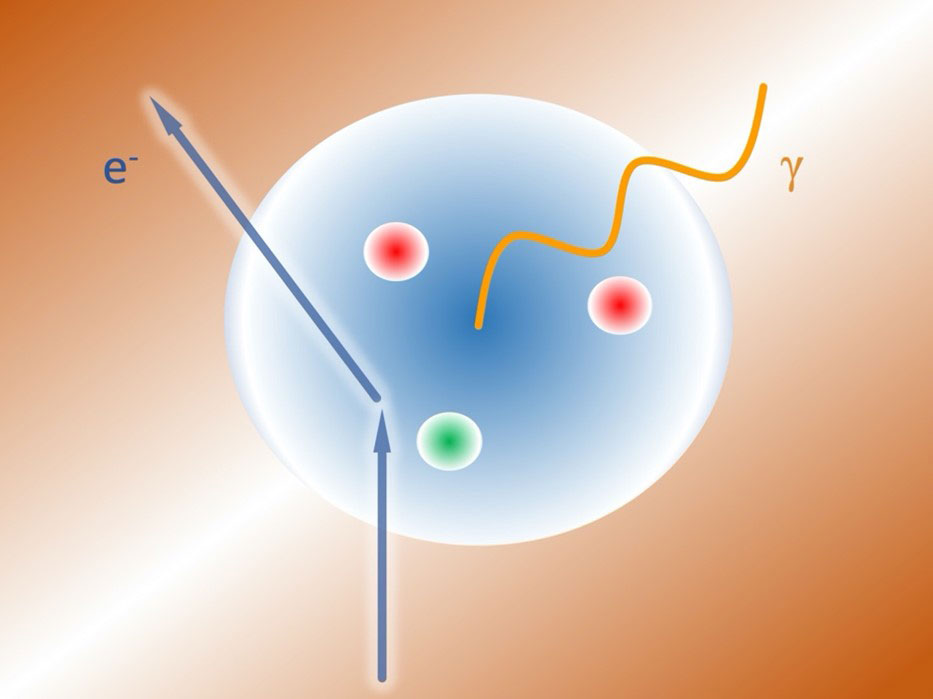
New measurements show the proton’s electromagnetic structure deviates from theoretical predictions.
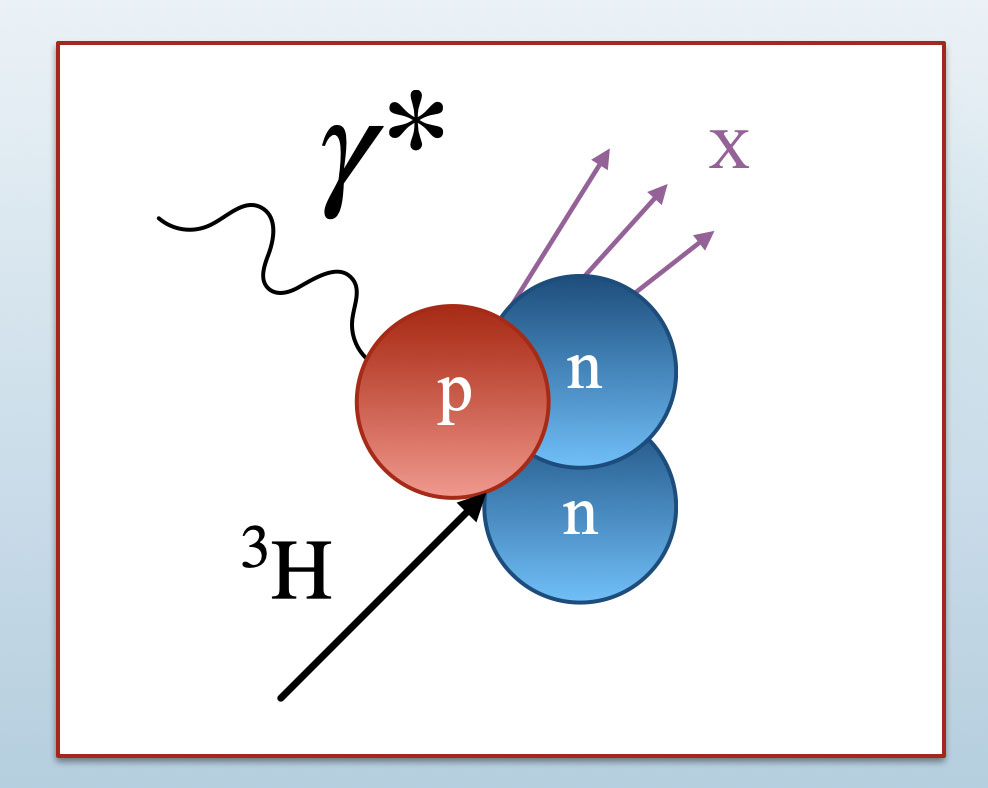
Nuclear physicists find that the internal structures of protons and neutrons may be altered in different ways inside nuclei.
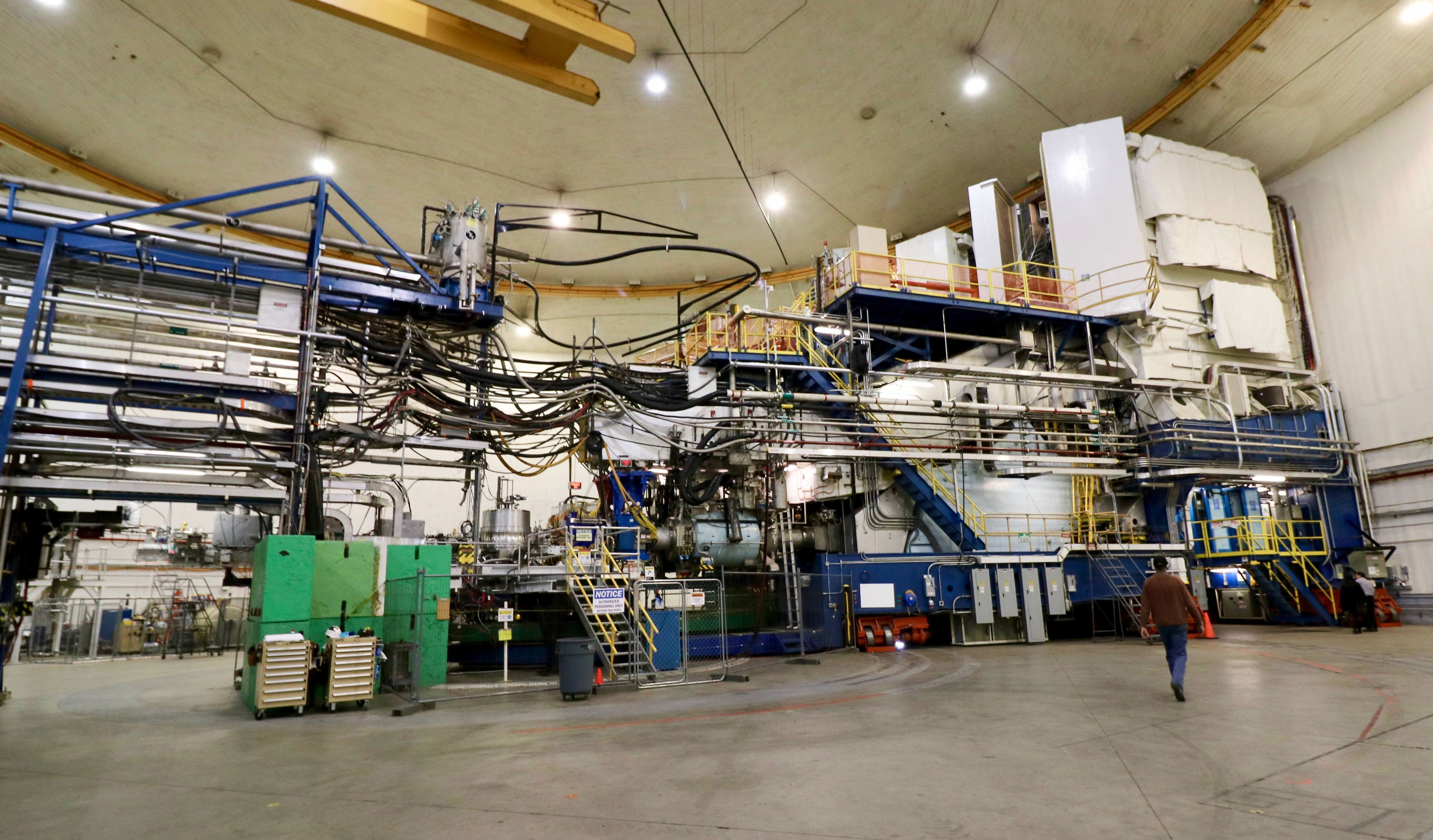
A first-of-its-kind measurement of the rare calcium-48 nucleus found a neutron-rich “thin skin” around a core of more evenly distributed protons and neutrons.
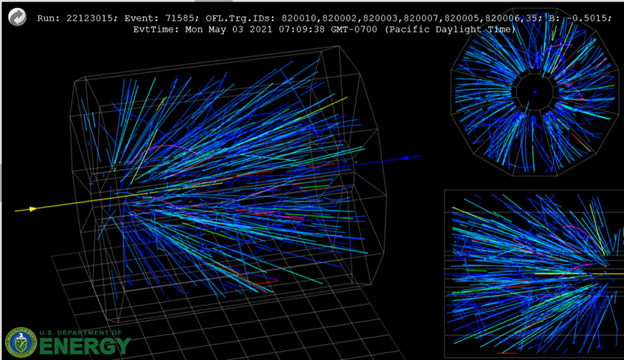
Colliding gold nuclei at various energies enables scientists to investigate phases of nuclear matter and their possible co-existence at a critical point.
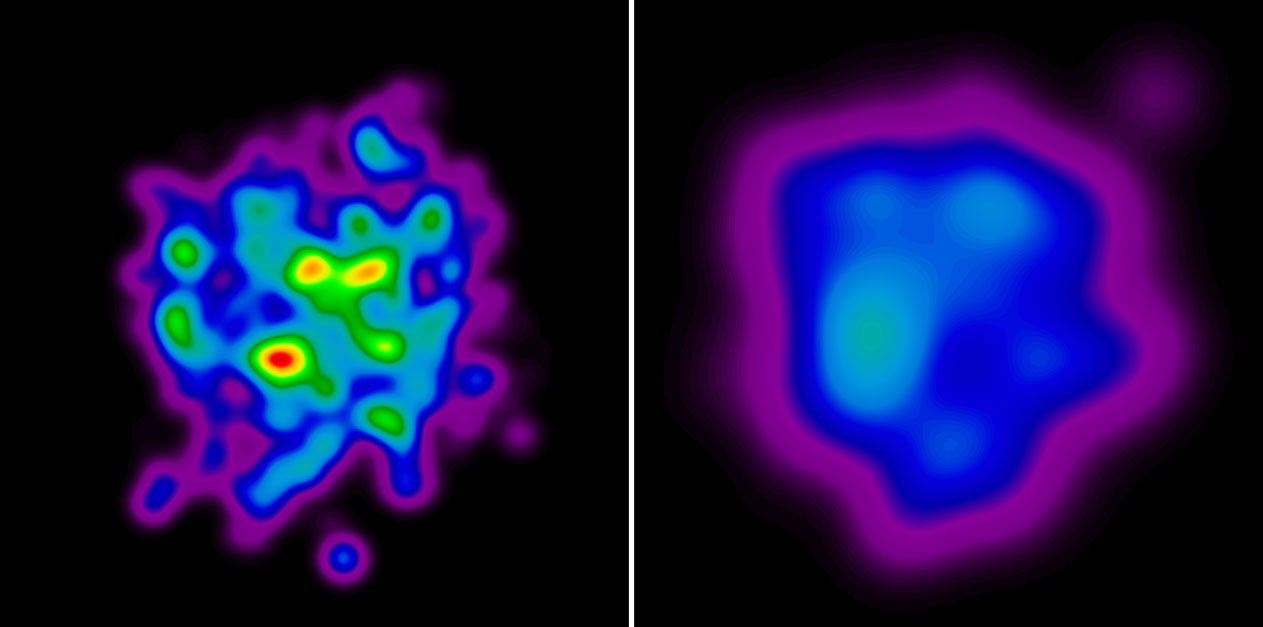
Theoretical study exploits precision of new heavy ion collision data to predict how gluons are distributed inside protons and neutrons
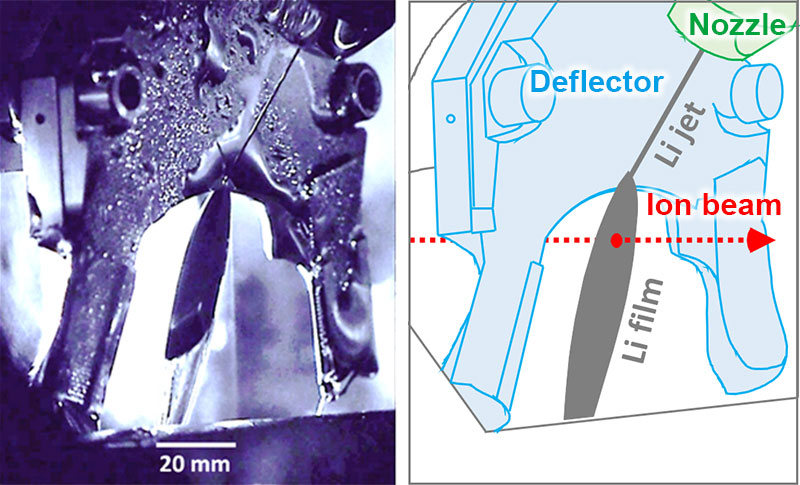
The Facility for Rare Isotope Beams has demonstrated an innovative liquid-lithium charge stripper to accelerate unprecedentedly high-power heavy-ion beams.